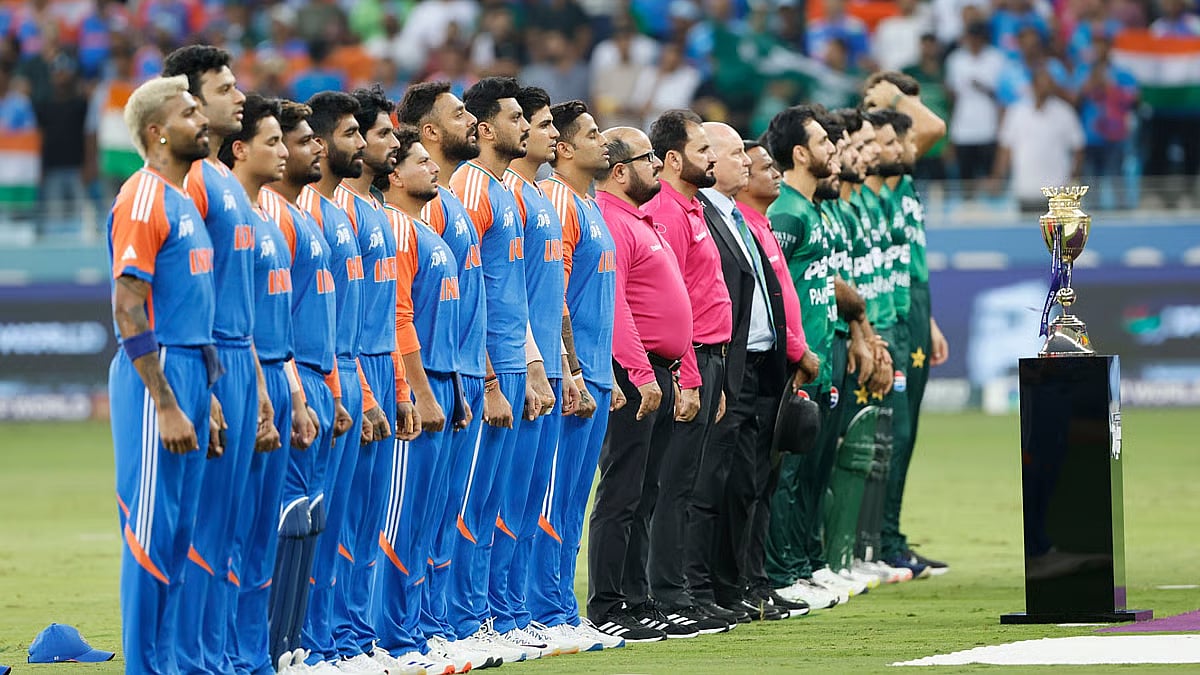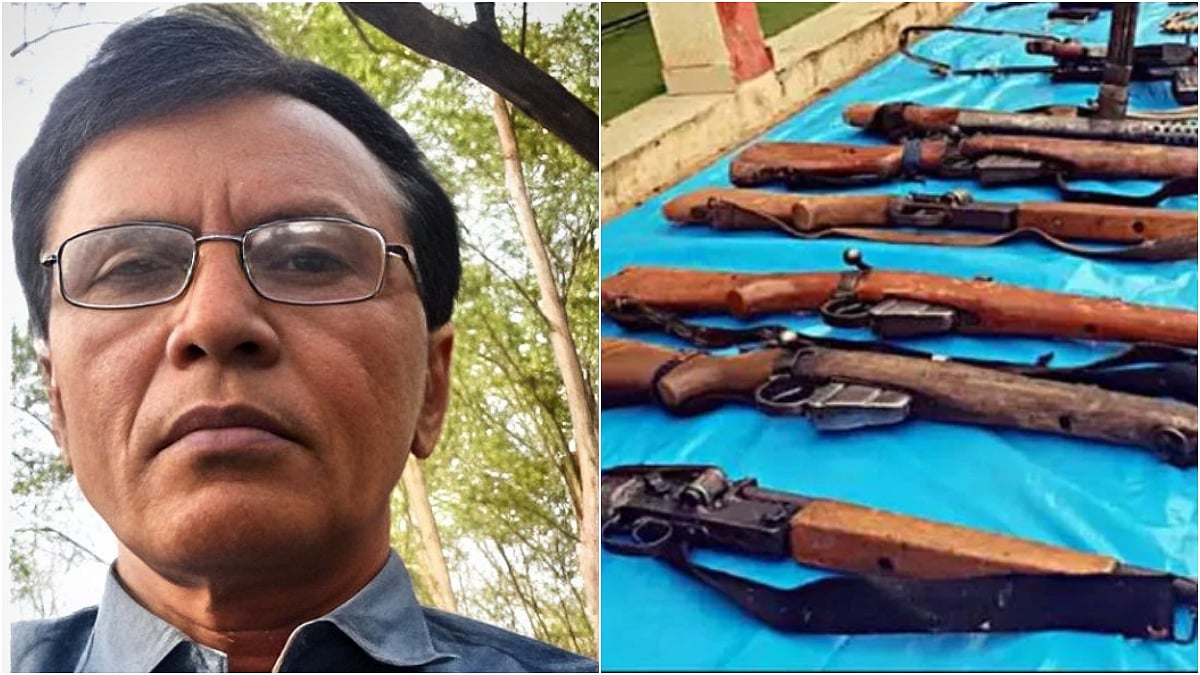Judges in the Supreme Court and the 24 high courts look at Public Interest Litigations (PILs) with a certain amount of suspicion which is why some of these petitioners rue the day they filed them. The latest is a PIL filed in the Supreme Court seeking a probe by a retired Chief Justice of India (CJI) into the recent communal riots in Delhi’s Jahangirpuri during Ram Navami and Hanuman Jayanti, apart from the riots which broke out in Rajasthan, Gujarat, Madhya Pradesh, and Uttar Pradesh. Reporters aver that a minority community was victimised during these riots.
But, filing a PIL is costly and time-consuming because you have to declare you have no personal interest in the petition. “You want the inquiry to be headed by a former CJI? Is anybody free? Find out…What kind of relief is this? Don’t ask for reliefs which cannot be granted by this court. Dismissed,” pronounced the apex court bench while dismissing this PIL filed by advocate Vishal Tiwari. The relief clause at the end of the PIL is what the judges allow or refuse because quite often, the judiciary cannot grant such reliefs.
In Jahangirpuri, bulldozers were used to raze slums without serving these destitutes a notice as mandated by law. Some from a minority community lived and worked here, fuelling allegations that this minority community was targeted by the government because there are 731 illegal structures in Delhi which remain untouched.
What is interesting is that the Jahangirpuri demolitions took place despite the Supreme Court restraining the bulldozers from razing the shanties less than two hours earlier. Perhaps some directions could have been given in Tiwari’s PIL, but the erudite judges thought otherwise. Violence rocked Madhya Pradesh, Uttar Pradesh, Rajasthan and Gujarat.
Arguably the earliest PIL was filed by G. Vasantha Pai several decades ago in the Madras High Court against its sitting chief justice S. Ramachandra Iyer, after it was found the judge had forged his birth date to avoid compulsory retirement at the age of 60 and his younger brother sent invitations to celebrate his 60th birthday which proved the discrepancy.
Pai collected evidence after photographing his original birth register which proved his real age. Chief Justice Ramachandra Iyer resigned on being told to do so by the then CJI P. B. Gajendragadkar as a high court chief justice forging his birth date would scandalise the judiciary. Hence, the PIL had to be dismissed as Justice Iyer had already resigned.
Now, the Indian Bar Association has filed a PIL in the Bombay High Court seeking contempt action against Maharashtra Chief Minister Uddhav Thackeray, his wife Rashmi Thackeray, State Home Minister Dilip Walse Patil, Shiv Sena MP Sanjay Raut and others for allegedly passing disparaging remarks against the judiciary.
Like the Jahangirpuri incident, where bulldozers continued to raze shanties despite a Supreme Court order, this PIL filed by the IBA argues that politicians like Sanjay Raut had attributed motives to the judges for keeping NCP minister Anil Deshmukh and Parambir Singh in jail while granting bail to Kirit Somaiya of the ruling party who has been accused of being a mastermind in the “save Vikrant” scam which resulted in alleged cheating of several crores of rupees.
This PIL filed by the IBA also seeks cancellation of the licence to print and publish granted to the Shiv Sena’s mouthpiece, Saamna for reproducing scandalous remarks against the judiciary. Rashmi Thackeray is the editor of Saamna, while Sanjay Raut is its executive editor and Vivek Kadam is its publisher.
But what will be interesting to watch is whether the Bombay High Court will actually issue notice for committing contempt of court to Uddhav Thackeray, his wife, Rashmi Thackeray, and the Shiv Sena MP, Sanjay Raut. If they do, this will naturally result in a backlash because the Shiv Sena forms part of the ruling coalition in Maharashtra. Whether the judiciary will issue a contempt notice which will culminate in protests is debatable.
The late 38th CJI, S. H. Kapadia, declared that substantial "fines" would be imposed on those who filed frivolous PILs. One of the high courts had also expressed concern over the misuse of PILs which culminated in guidelines being issued to all the high courts while entertaining such PILs.
In a September 2008 speech, the then Prime Minister Manmohan Singh said: “Many would argue that PILs may have gone too far. Perhaps a correction was required and we have had some balance restored in recent times.”
In what may be a tool against frivolous PILs, the Union Ministry of Law and Justice (assisted by Bhagwati and Iyer) prepared a law regulating PILs. Ironically, it was Justice Bhagwati himself who had launched the concept of a PIL by relaxing the locus standi rule in 1980. Till that time, only those who were injured by an action could approach the courts.
Bhagwati’s judgment said: “This court wants to make it clear that an action at law is not a game of chess. A litigant must approach this court with clean hands. He cannot prevaricate and take inconsistent positions.”
But to fast forward to the present, with the change of CJIs in the Supreme Court, the jurisprudence on PILs may undergo a metamorphosis. This year will see three CJIs taking charge of the country’s judiciary because the present CJI, N.V. Ramana will demit office on August 26 to be succeeded by Justice Uday Umesh Lalit for just three months and later by Justice Dhananjaya Chandrachud, who, like Justice Lalit, was a Mumbai advocate.
When the suave and urbane Justice Chandrachud takes over as the 50th CJI in November, the country will see the first-ever father-son duo who were CJIs because the younger Chandrachud’s father, Yeshwantrao Chandrachud, was the 16th CJI during the Emergency when he signed the infamous habeas corpus case which was set aside by his son in a landmark privacy verdict.
(Olav Albuquerque holds a Ph.D in law and is a senior journalist-cum-advocate of the Bombay High Court. He tweets at DrOlavAlbuquer1)










